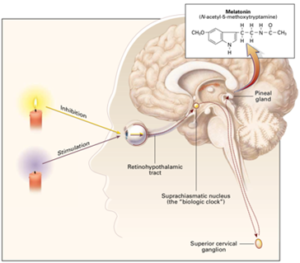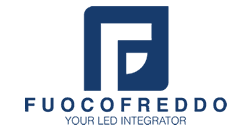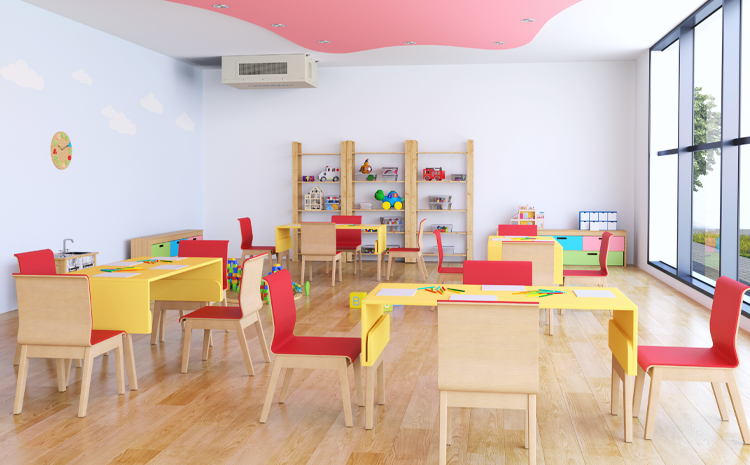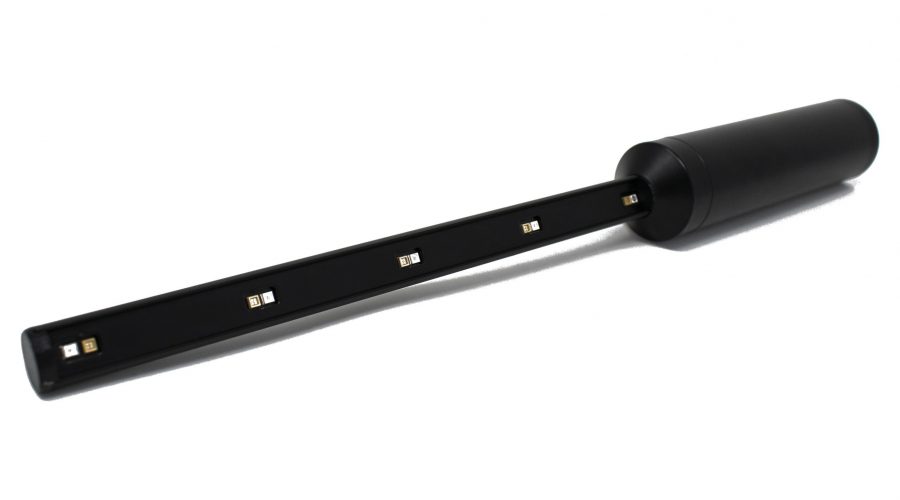Human centric lighting
Since their first appearance on earth, all living organisms have evolved under the influence of sunlight. An interesting aspect is that the innate biological cycle of biological organisms of 24.3 hours a day is adjusted to 24 hours by detecting the cycle of sunlight. The human circadian rhythm is a serious matter on which the overall health of the individual depends and is influenced by light. The alteration of the balance between the biological clock and the day-night cycle can generate potentially negative consequences on people’s health. Many studies have shown that this phase shift is linked to the onset of various pathologies, which can be minor (such as gastro-intestinal and cardiovascular disorders, states of confusion, stress, anxiety, headache and mood and sleep disorders) or more serious. In the United States they are conducting numerous researches on the subject, the data collected tends to show that those who have problems with the regulation of circadian rhythms have a higher probability of developing a broad spectrum of diseases.

The biological clock is adjusted according to the light perceived by photoreceptors, mainly present in our eyes. A biological clock, well synchronized with the cycle of sunlight, leads to the production of melatonin during the day and inhibiting it at night to sleep better and slow down the proliferation of cancer cells.
Human Centric Lighting therefore takes on a prominent value in all those environments where light plays a central role: hospitals, nursing homes, schools, offices. But, in general, in all interior spaces, even private ones, where most of our day is spent.
But what are the benefits of HCL?
– visual: improvement of visibility, visual comfort, safety and orientation.
– biological: increased alertness and concentration, improved cognitive performance, regularization of the sleep-wake cycle.
– emotional: mood improvement, excitement, relaxation, impulse control.
Light is therefore able to act on the physical state of people but also on their psychological state by working directly on the limbic system. In fact, light not only has biological effects, but also intervenes:
– Synchronizing the circadian rhythms;
– By inhibiting the production of melatonin;
– Increasing cognitive performance;
– Improving mood;
– Improving physical performance in athletes.
Not surprisingly, some experiments have shown that even blind people can benefit from light and proper lighting.
Conventional white LEDs produce light with a high emission of the blue-green spectrum, which prevents us from falling asleep quickly and sleeping well at night, in fact in periods of intense use of smartphones and tablets: the sleep and wake cycles are affected by quantity and quality of the light that reaches our eyes. It is not only the blue light of the screens that affects our circadian rhythms, but it is also the lack of natural light and the artificial lighting of the environments where we live and work. There are many aspects to take into consideration, to obtain these results, but thanks to FUOCOFREDDO LED technologies today the goal is reachable the LEDs used by FUOCOFREDDO have a spectrum very similar to natural sunlight helping us to maintain the circadian rhythm and giving a great contribution to a healthy and comfortable sleep.
Our goal is to make artificial light mimic natural light, both in quality and intensity. Natural white light is white because it contains all colors, but some lights perceived as such do not contain all of them. Currently it is not yet possible to fully mimic the spectrum of sunlight, but LED technologies can be used that mimic it very well. The electronics developed by FUOCOFREDDO (thanks also to careful color control) is essential to obtain good lighting, human-centric lighting related to the physiology of the individual, and greater efficiency from an energy point of view.
Returning to Human Centric Lighting, there are some technical aspects that must be considered for a correct implementation of a lighting project:
– intelligent lighting (use of sensors and control and piloting systems)
– tunable white (in the variation of intensity and color temperature)
– customization, based on the individual needs of individuals or environments.
In fact, we must always talk about dynamic light that can be modulated and adjusted according to the needs of use and time.
The reference term for an HCL project then remains the possibility of reproducing a quality light, as similar as possible to natural light.
.





